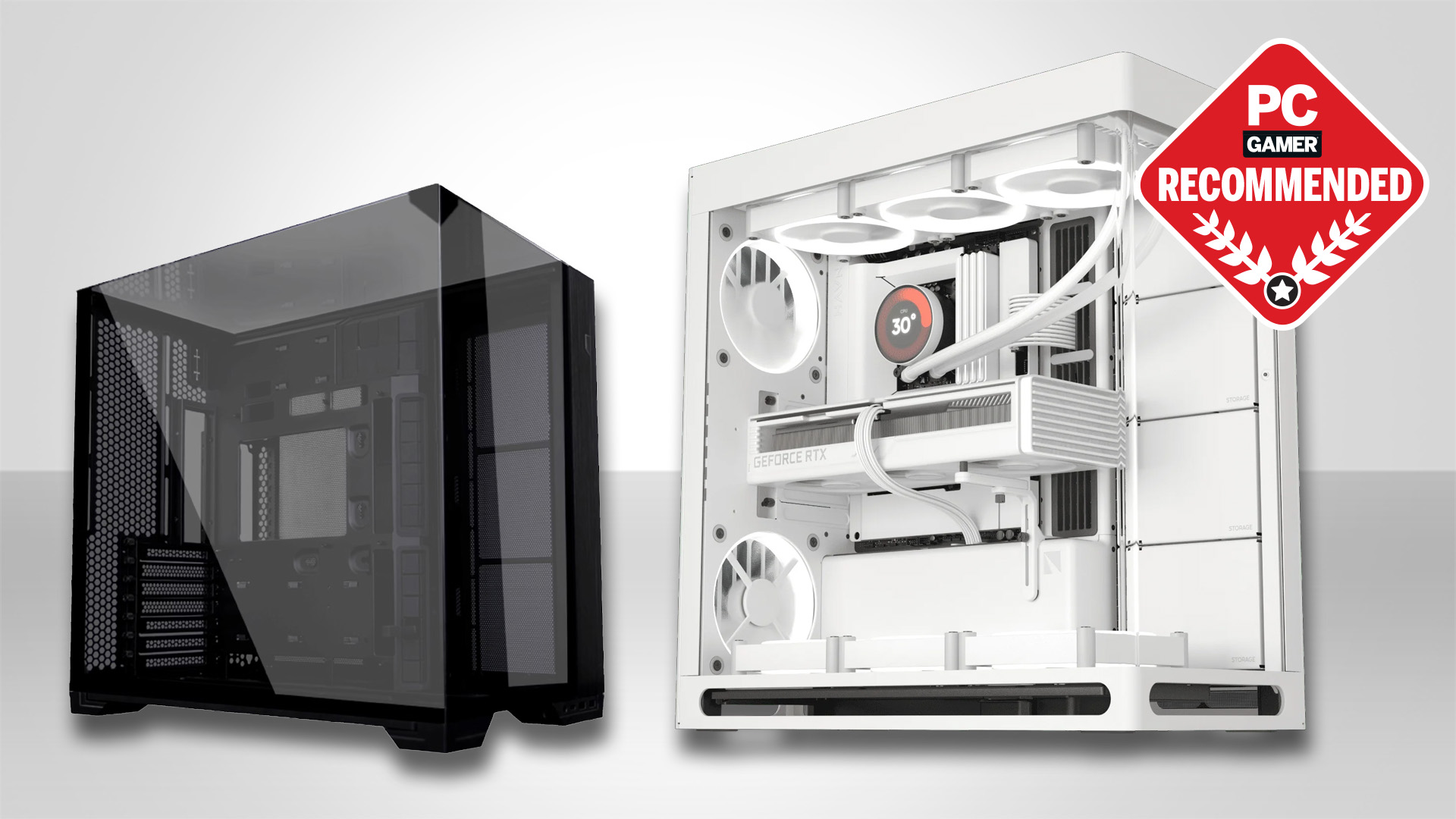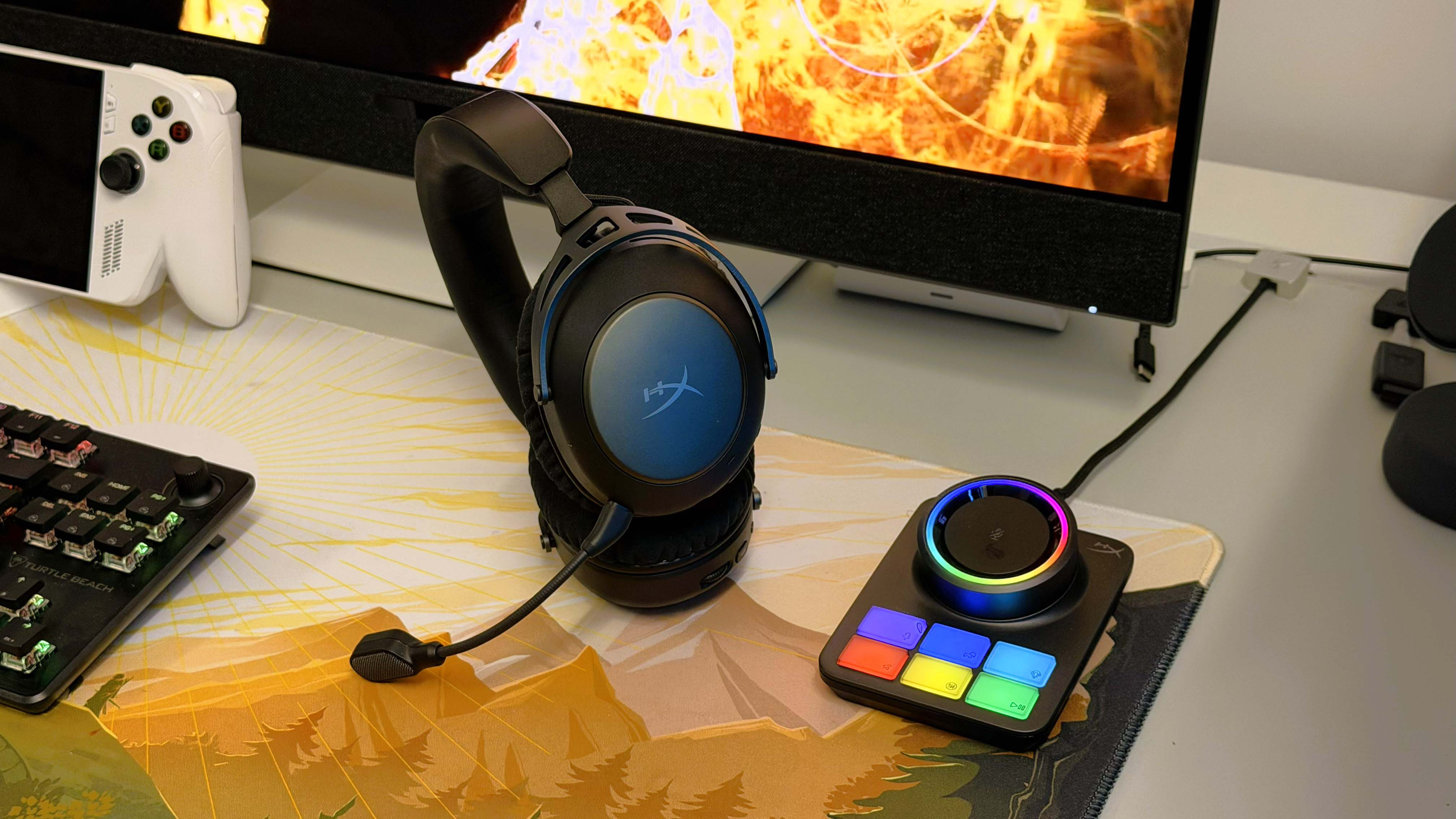Dial up is dead—at least as far as AOL is concerned, as the company is pulling the plug after 34 years
But that doesn't mean US broadband infrastructure is necessarily picking up the slack.

Well, we knew this day was coming: dial-up internet is officially dead—at least as far as AOL is concerned. As of September 30, you can no longer revel in the nostalgia of either the AOL Dialer software or the AOL Shield browser, as both have been discontinued alongside the ISP's dial-up service offering.
AOL had originally announced back in August that it was finally ceasing dial-up operations, 34 years after first launching the service. There goes another piece of my childhood—join me in marking this moment by observing a 12 modem sound off.
According to AP News, AOL had commanded a dial-up customer base of 2.1 million as recently as 2015. Comments made to CNBC suggest the move to discontinue the service, now ten years later, is likely to only affect a number of folks totalling “in the low thousands.”
As for AOL itself, it's not shuffling off this mortal coil either. For one thing, the company is owned by Yahoo, and has been since telecommunications giant Verizon sold Yahoo and AOL to Apollo Global Management in 2021. AOL also still offers a suite of tech support and even identity theft services to 1.5 million customers.
These are offered as part of AOL Advantage, a subscription service charging between $9.99 and $14.99 a month. If the average, modern-day AOL customer is still paying about $10 every month, then CNBC estimates that "conservatively," the company is still making bank to the tune of $180 million in annual revenue.
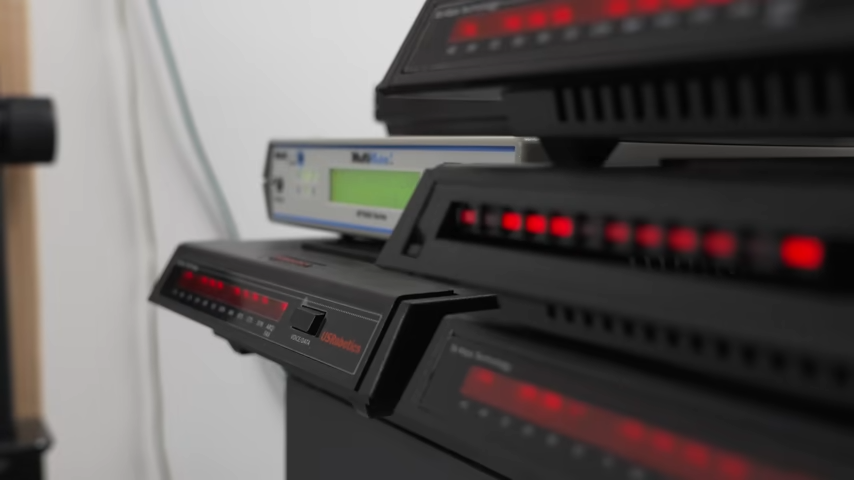
So, AOL is still very much alive and kicking, then—though it's a far cry from when it enjoyed a market value of $164 billion (with a 'B') in the year 2000. It's important to remember what a phenomenon it was…and interesting to note how OpenAI's latest $500 billion valuation completely overshadows that figure.
I'll always have fond memories of how AOL connected me to humanity, over email, the internet, and AIM. It definitely wasn't an online utopia, but that experience still makes me look at the black box of Large Language Models, and ChatGPT's pantomime of connection with more than just a bit of scepticism.
Keep up to date with the most important stories and the best deals, as picked by the PC Gamer team.
Anyway, without AOL's dial-up services, enjoying an internet connection over your phone line isn't quite a bygone relic; a small clutch of other ISPs still offer dial-up internet to customers who may have no other option due to their location.
According to the Federal Communications Commission's 2020 Broadband Deployment Report, "22.3% of Americans in rural areas and 27.7% of Americans in Tribal lands lack coverage from fixed terrestrial 25/3 Mbps broadband, as compared to only 1.5% of Americans in urban areas."
The 2021 report looks slightly more hopeful, with 17% of rurally-based Americans and 27.7% of Americans living on Tribal Lands lacking access to broadband—though this is the most recent report I could find. The Biden administration implemented the Broadband Equity, Access and Deployment program around the same time.
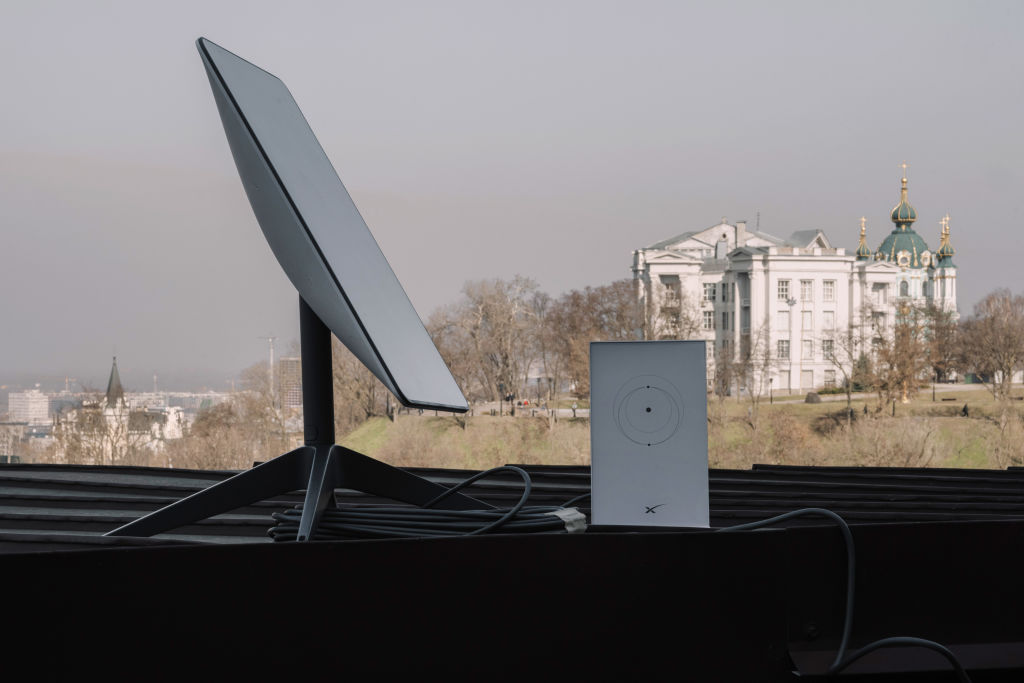
Earlier this year, the Trump administration re-evaluated the BEAD program in a bid to make it more cost-effective, ultimately awarding Elon Musk's SpaceX $300 million in federal funding.
Alongside Amazon's rival Project Kuiper (which itself was awarded $124 million), Starlink will provide satellite internet to thousands of these underserved locations. Arguably, this is a far cheaper solution than laying down thousands of miles of fibre optic cables, potentially saving $13 billion in taxpayer money.
However, while fibre can deliver gigabit internet, Starlink and Project Kuiper currently only offer speeds between 100 and 400 Mbps (though both companies are planning gigabit levels for certain customers). Furthermore, SpaceX's lobbying for federal funding is an eyebrow-raising choice when Starlink is already widely available across the States without these subsidies.
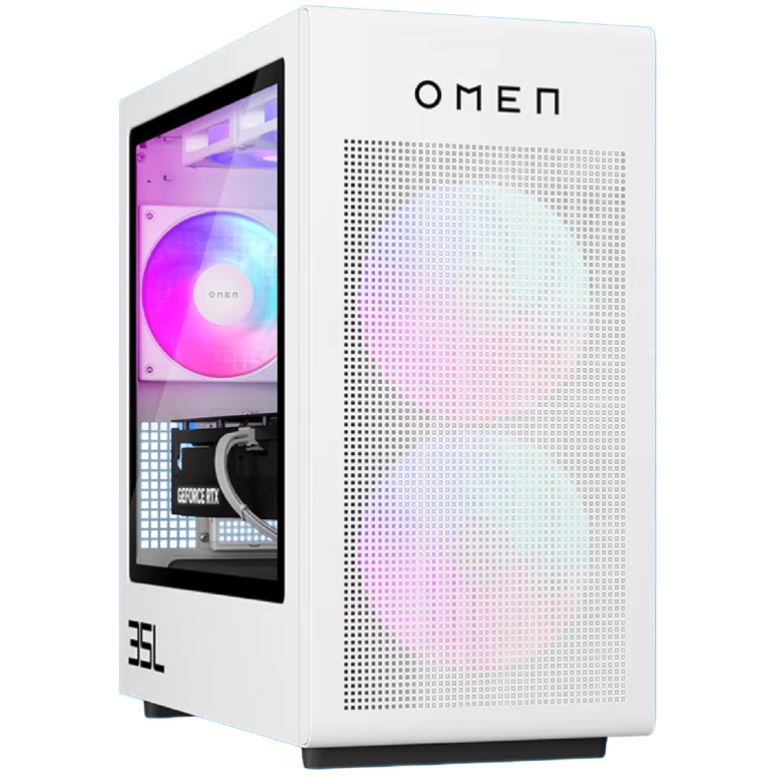
1. Best overall:
HP Omen 35L
2. Best budget:
Lenovo Legion Tower 5i
3. Best high-end:
Corsair Vengeance A7500
4. Best compact:
Velocity Micro Raptor ES40
5. Alienware:
Alienware Area-51
6. Best mini PC:
Minisforum AtomMan G7 PT

Jess has been writing about games for over ten years, spending the last seven working on print publications PLAY and Official PlayStation Magazine. When she’s not writing about all things hardware here, she’s getting cosy with a horror classic, ranting about a cult hit to a captive audience, or tinkering with some tabletop nonsense.
You must confirm your public display name before commenting
Please logout and then login again, you will then be prompted to enter your display name.
